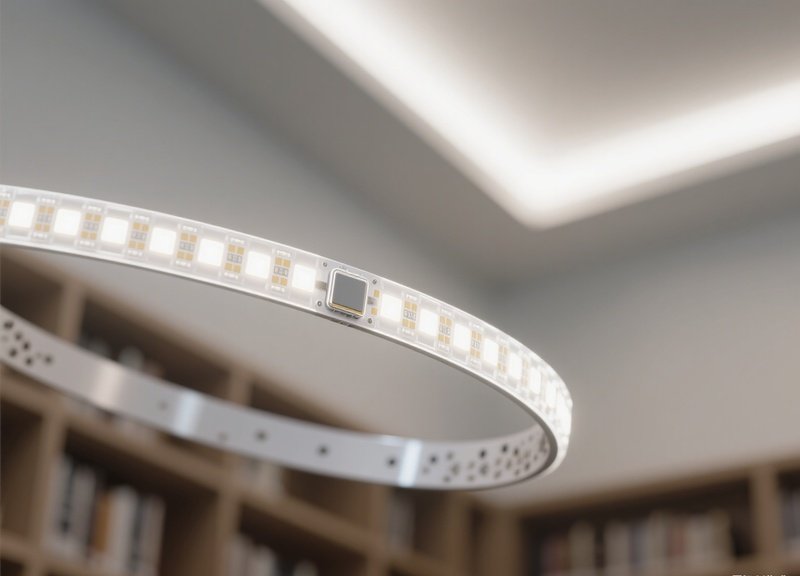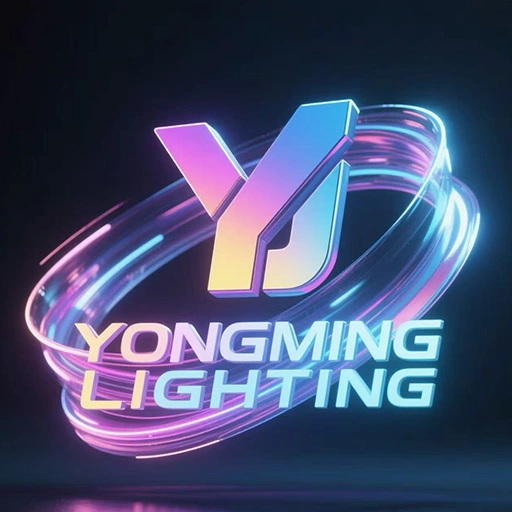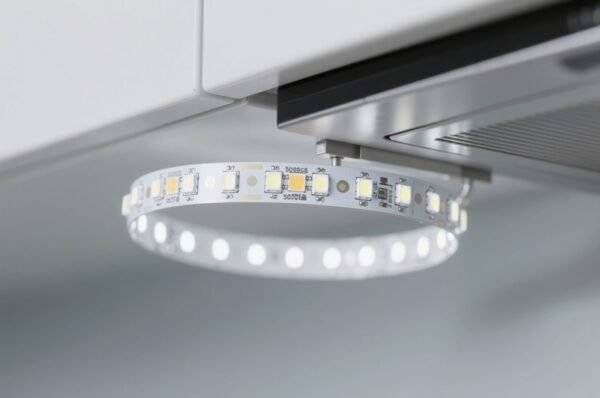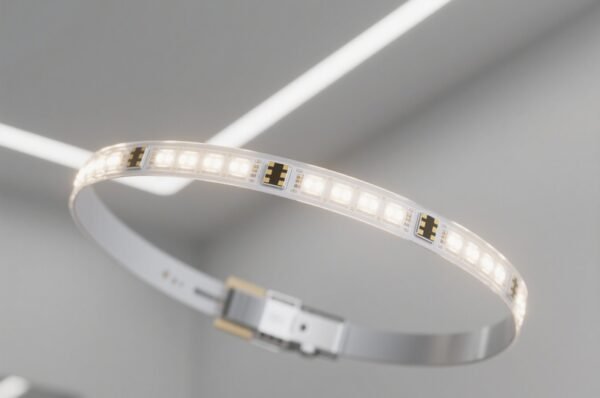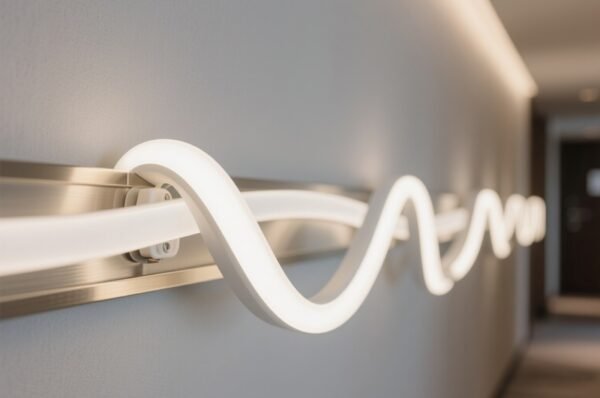The light strip manufacturing industry is in the midst of a significant transformation with the continuous optimization and upgrading of manufacturing processes. This evolution is driven by the pursuit of higher product quality, increased production efficiency, and reduced costs. One of the primary areas of focus for process optimization is the improvement of material handling and processing. Manufacturers are constantly on the lookout for better quality raw materials that offer superior performance and durability. By carefully selecting materials with excellent electrical conductivity, heat dissipation properties, and color stability, the overall quality of the light strips can be significantly enhanced.
In terms of production techniques, advanced manufacturing methods are being introduced to replace traditional and relatively backward processes. For example, new soldering techniques are being adopted to ensure more stable and reliable electrical connections between components. These new soldering methods can reduce the occurrence of soldering defects, such as cold soldering and soldering bridges, which not only improve the product yield but also enhance the long-term reliability of the light strips. Additionally, automated production lines are becoming more prevalent in the industry. Automated equipment can perform tasks with high precision and consistency, reducing human error and increasing production speed. This not only improves production efficiency but also ensures the uniformity of product quality across batches.
Quality control processes are also being continuously refined during the optimization and upgrading of manufacturing. More stringent inspection standards and advanced testing equipment are being implemented to detect potential quality issues at an early stage. From raw material inspection to the final product inspection, every step in the production process is closely monitored. Non-destructive testing methods are used to check the internal structure and electrical performance of light strips without causing damage to the products, ensuring that only high-quality products are delivered to the market.
Furthermore, environmental protection considerations are also integrated into the optimization of manufacturing processes. Manufacturers are looking for ways to reduce waste generation and energy consumption during production. Recycling and reuse of waste materials are being promoted, and more energy-efficient production equipment is being adopted. This not only helps to reduce the environmental impact of the manufacturing process but also brings economic benefits through cost savings. The optimization and upgrading of light strip manufacturing processes will not only improve the competitiveness of individual manufacturers but also contribute to the healthy development of the entire light strip industry.
Optimization and Upgrading of Light Strip Manufacturing Processes
